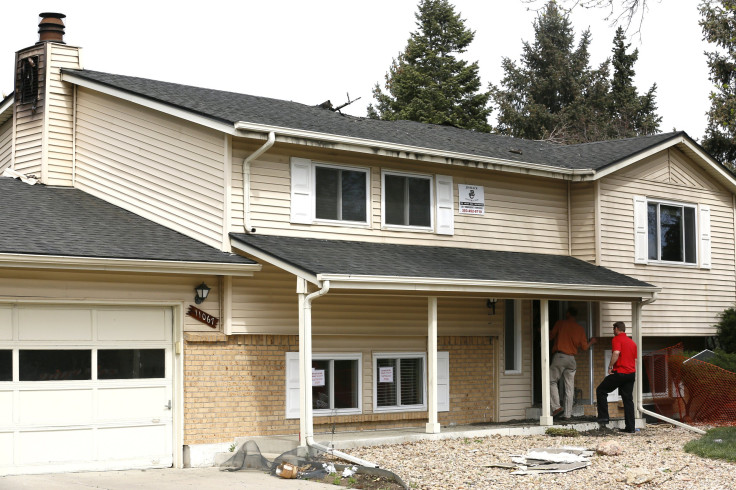Police Adopt Range-R Radar That Can Look Through Walls, Search Homes From The Outside

Dozens of police departments and law enforcement agencies throughout the U.S. have deployed radar systems inside American homes that allow them to see if anyone is hiding inside. The practice, which began at least two years ago, was first disclosed in a federal appeals court ruling obtained by USA Today. Law enforcement agencies have been loath to talk about the practice, and now privacy advocates are expressing concern.
Known as a Range-R, the radar device uses radio waves to focus its gaze on movements as innocuous as human breathing to examine from up to 50 feet away and through walls whether someone is present. Privacy advocates are alarmed that use of the motion detectors has so far gone largely unmonitored.
“The idea that the government can send signals through the wall of your house to figure out what’s inside is problematic,” Christopher Soghoian, the principal technologist at the American Civil Liberties Union, told USA Today. “Technologies that allow the police to look inside of a home are among the intrusive tools that police have.”
Public scrutiny of the use of these devices began in December, when a federal judge in Denver was informed that police used one before entering a house to apprehend a man accused of violating his parole. The judge wrote that “the government’s warrantless use of such a powerful tool to search inside homes poses grave Fourth Amendment questions.”
The complaints are similar to ones that have been lobbed against the police use of Stingray technology. By attracting “pings” from every cell phone in an area, as a cell tower does, Stingrays give police access to location data from every phone that connects to the Stingray as well as other sensitive metadata, including text messages, historical data and, in some cases, the owner’s payment information. Law enforcement is similarly reluctant to discuss Stingrays.
Federal officials have maintained that the Range-R technology is necessary to keep officers safe, with Justice Department spokesman Patrick Rodenbush telling USA Today the U.S. Marshals Service “routinely pursues and arrests violent offenders based on pre-established probable cause in arrest warrants.”
The tools were first developed for military use in the Middle East. Yet L-3 Communications, the radar’s manufacturer, estimated to USA Today that it has sold 200 Range-R’s to 50 law enforcement agencies for about $2,000 each. The U.S. Marshals Service has spent at least $180,000 on them since 2012, the newspaper reported.
© Copyright IBTimes 2024. All rights reserved.





















